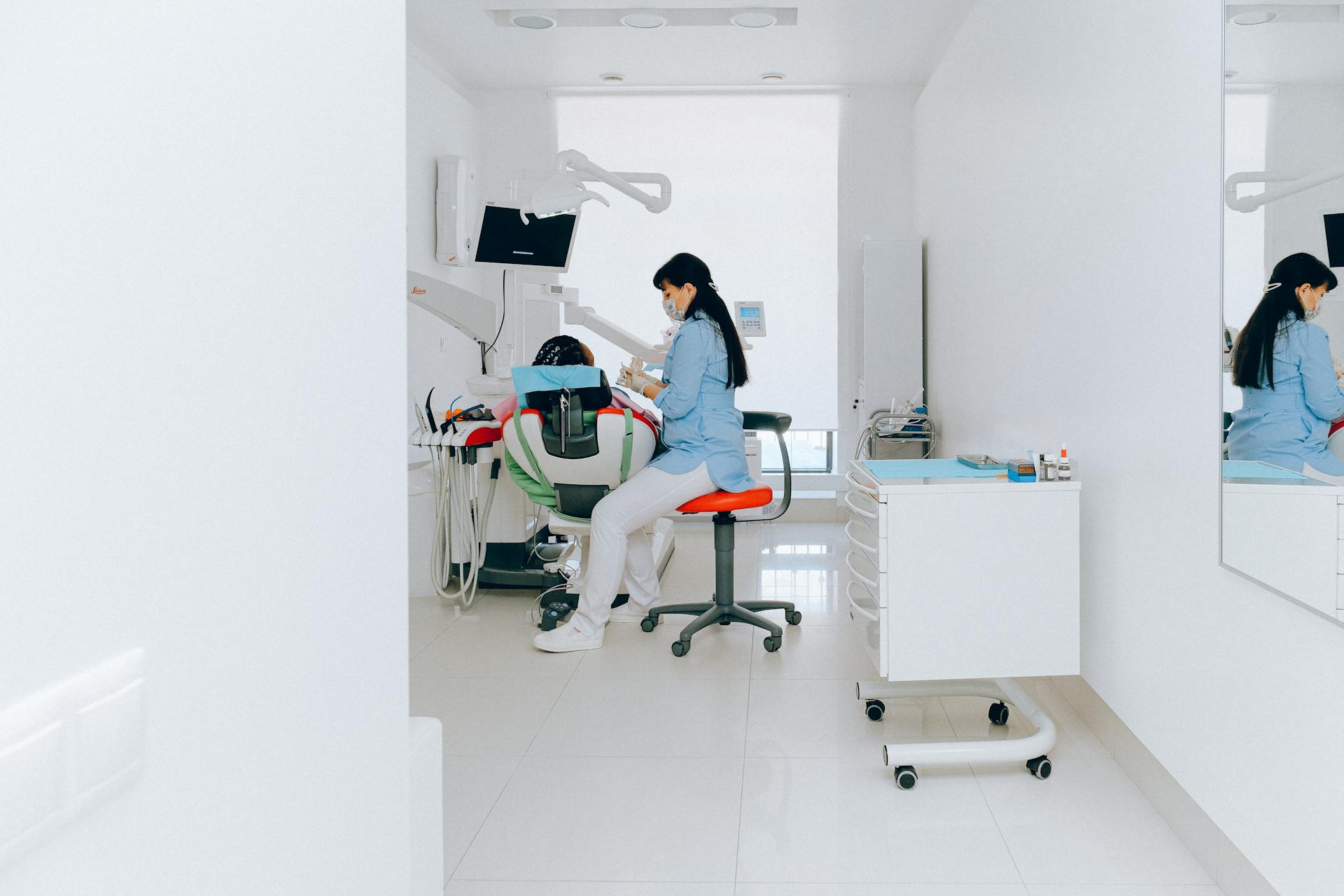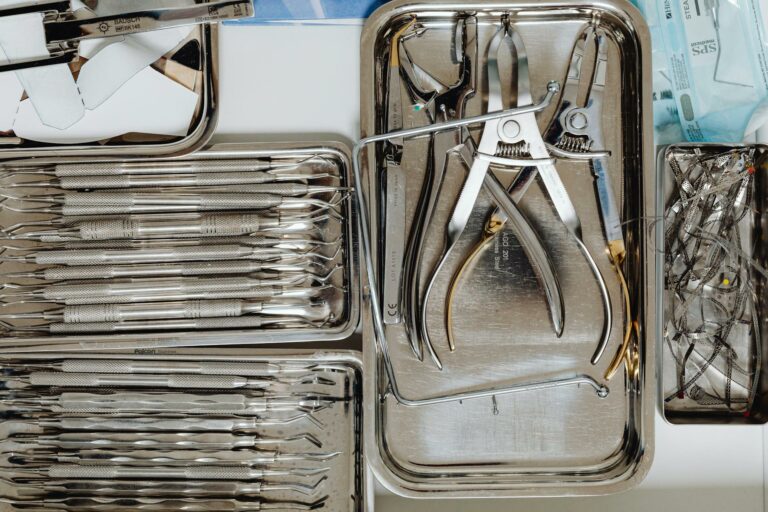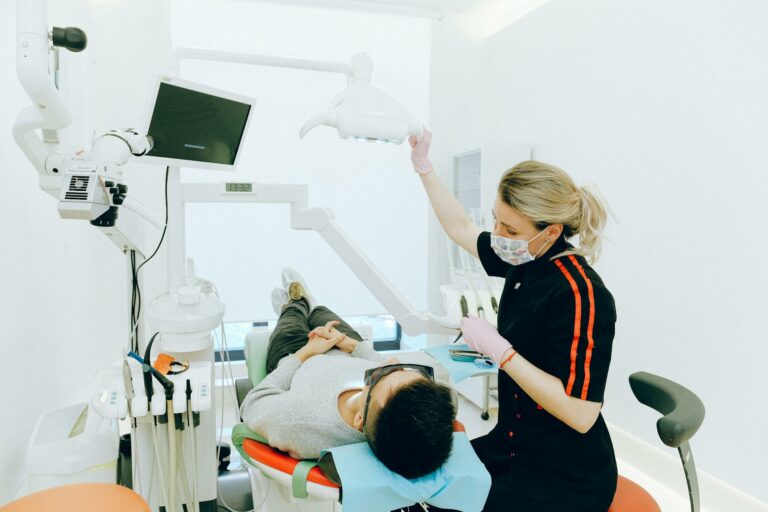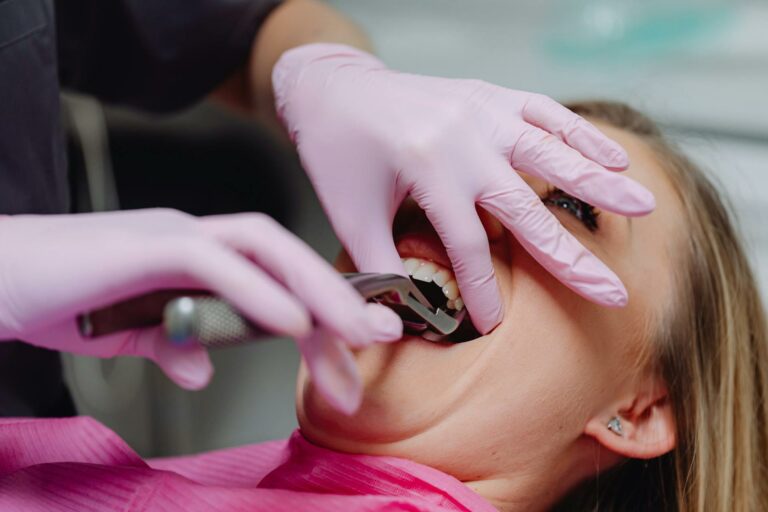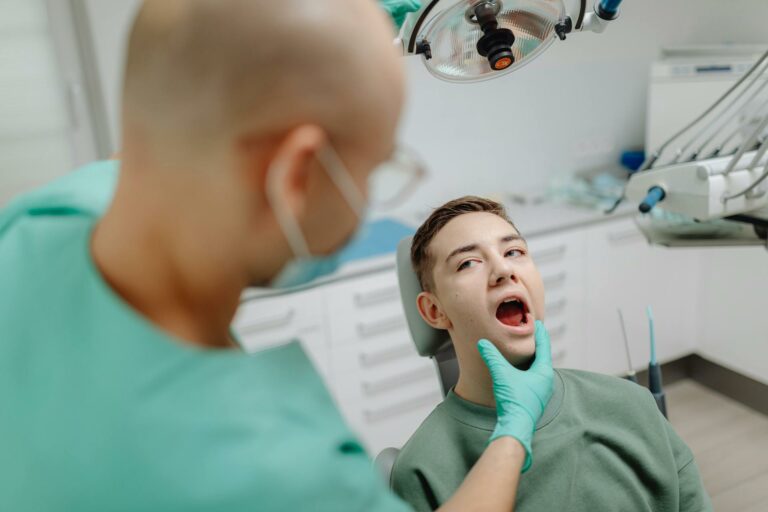Dental Anxiety Management in Upper East Side: Techniques for Stress-Free Visits
Managing dental anxiety in the Upper East Side is a multifaceted approach that combines innovative techniques and personalized care to create stress-free dental visits. Dentists employ sedation dentistry, use advanced technology, and foster open communication, tailoring each visit to the patient’s needs. By transforming the dental office into a calming environment and implementing mindfulness practices, the focus is on building trust and ensuring comfort. Discover how these strategies effectively address anxiety and enhance patient experience.
Understanding Dental Anxiety: Causes and Symptoms
Although often overlooked, dental anxiety is a prevalent condition that can greatly impact an individual’s willingness to seek necessary dental care. This anxiety is primarily characterized by dental fear, which may stem from various anxiety triggers. Common triggers include past negative dental experiences, fear of pain, or loss of control during procedures. Additionally, the sterile environment of dental clinics and the sounds of dental instruments can exacerbate these fears. Symptoms of dental anxiety can range from mild unease to severe panic attacks, leading to avoidance of dental appointments. Understanding these underlying causes is essential for dental professionals aiming to develop effective, patient-centered care strategies. By identifying specific anxiety triggers, clinicians can tailor their approach to alleviate fears, ensuring improved oral health outcomes.
The Role of Sedation Dentistry in Anxiety Management
Sedation dentistry serves as a pivotal method in managing dental anxiety, providing a solution for patients who might otherwise avoid necessary dental care. By offering various sedation options, dental practitioners can enhance patient comfort and facilitate a stress-free experience. Techniques such as nitrous oxide (commonly known as laughing gas), oral sedatives, and intravenous sedation cater to different levels of anxiety and procedural requirements. These options enable patients to remain calm and relaxed during treatment, reducing psychological barriers to care. The use of sedation is particularly beneficial for complex procedures or patients with heightened fear responses. By integrating sedation dentistry into practice, dental professionals can greatly improve patient outcomes, ensuring that anxiety does not hinder essential oral health maintenance.
Personalized Patient Care: A Tailored Approach
In the context of dental anxiety management, personalized patient care emphasizes the creation of individualized treatment plans that address the specific needs and preferences of each patient. By integrating customized comfort strategies, dental professionals can greatly enhance patient experiences and reduce anxiety levels. This tailored approach not only fosters a sense of trust but also improves overall treatment outcomes.
Individualized Treatment Plans
Recognizing the diverse needs of patients, individualized treatment plans in dental care offer a tailored approach that addresses specific anxieties and preferences. By conducting thorough individual assessments, dental professionals can identify unique triggers and concerns, facilitating the development of personalized strategies that enhance patient comfort. These assessments often involve evaluating the patient’s medical history, dental experiences, and psychological profile, allowing practitioners to design interventions that are both effective and empathetic. Personalized strategies may include adjusting communication styles, scheduling appointments at ideal times, or incorporating specific relaxation techniques. This tailored approach not only improves patient satisfaction but also increases the likelihood of successful dental outcomes. Ultimately, individualized treatment plans play an essential role in reducing dental anxiety, fostering a positive experience for each patient.
Customized Comfort Strategies
A myriad of customized comfort strategies can greatly alleviate dental anxiety by addressing the specific needs of individual patients. Personalizing care involves integrating visualization techniques, which allow patients to mentally escape the clinical setting by imagining serene environments. This method proves effective in reducing stress and enhancing patient relaxation during procedures. Equally essential is the presence of a supportive staff, trained to recognize signs of anxiety and equipped to implement calming techniques. By offering reassurance and clear communication, the staff plays a significant role in fostering a tranquil atmosphere. Additionally, tailored interventions such as pre-visit consultations and personalized treatment plans further contribute to mitigating anxiety. These extensive approaches guarantee that dental visits in the Upper East Side are both comfortable and stress-free.
Creating a Calming Environment: The Dental Office Experience
A calming dental office environment plays a vital role in alleviating patient anxiety by integrating a soothing ambiance and relaxation-focused design. Key elements such as gentle lighting, serene color schemes, and comfortable seating contribute to a welcoming atmosphere. Additionally, incorporating nature-inspired elements and soundscapes can further enhance the patient’s sense of tranquility and ease during their visit.
Soothing Office Ambiance
The dental office ambiance plays a pivotal role in alleviating patient anxiety. Key elements such as soft lighting and calming music greatly contribute to creating a soothing environment. Soft lighting minimizes harsh shadows and glare, promoting a sense of tranquility that can reduce stress levels in patients. The strategic use of dimmable lights helps in creating a warm, welcoming atmosphere. Complementing this, calming music plays an essential role in diverting attention away from dental procedures. The rhythm and melody of the music can induce relaxation, lowering physiological stress markers. Together, these components act synergistically to enhance the patient experience. A carefully curated office ambiance not only comforts patients but also establishes trust, making dental visits more approachable and less intimidating.
Relaxation-Focused Design
Often overlooked, relaxation-focused design greatly impacts the patient experience in dental offices by integrating architectural elements that promote calmness and reduce anxiety. Strategic use of color palettes, natural lighting, and ergonomic furniture fosters a soothing atmosphere. Aromatic therapy plays an essential role, with carefully selected scents, such as lavender or chamomile, diffused throughout the space to evoke tranquility. Sound therapy further enhances this environment; gentle ambient music or nature sounds mask disruptive noises, creating an auditory cocoon of serenity. These design choices, coupled with spatial layout that encourages privacy and comfort, contribute to a holistic experience that alleviates dental anxiety. By addressing sensory stimuli through deliberate design, dental offices can greatly improve patient comfort and overall satisfaction.
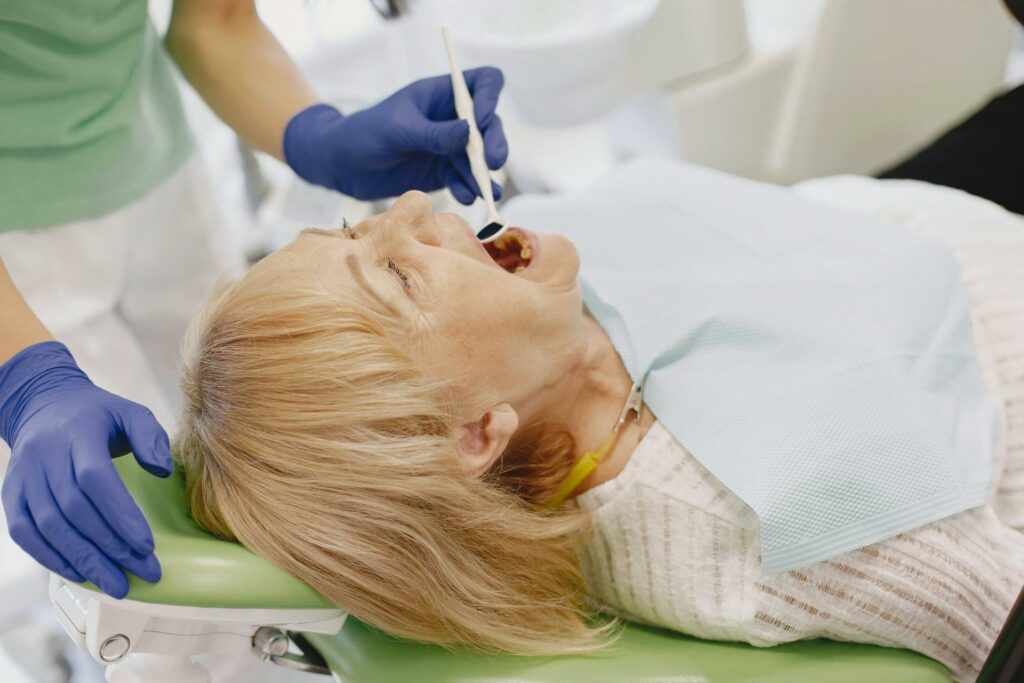
Techniques for Building Trust Between Dentist and Patient
Establishing a foundation of trust between dentist and patient is essential for effective dental anxiety management. Trust building exercises can greatly alleviate patient apprehension. These exercises may include personalized interactions where dentists actively listen and respond to patient concerns, demonstrating empathy and reliability. Regularly soliciting patient feedback provides invaluable insights into their experiences, allowing for continuous improvement of dental practices. Feedback mechanisms, such as surveys or post-visit interviews, help identify areas where trust may be enhanced, ensuring patient needs are addressed. Additionally, creating a welcoming environment and maintaining transparency about procedures and expected outcomes contributes to building confidence. By integrating these strategies, dental professionals can foster a trusting relationship, vital for reducing anxiety and promoting a positive dental experience.
The Importance of Communication and Education
Building on the foundation of trust between dentist and patient, communication and education play a pivotal role in managing dental anxiety. Effective patient education involves providing thorough information regarding procedures, treatments, and potential outcomes. This empowers patients, reducing uncertainty and fear. An open dialogue between dentist and patient facilitates the expression of concerns, enabling the dental professional to tailor approaches to individual needs. Clear explanations and visual aids can enhance patient understanding, fostering a sense of control and reducing apprehension. Dentists should actively listen, validating patient concerns and adjusting treatment plans accordingly. This collaborative approach not only alleviates anxiety but also promotes adherence to dental care recommendations, ultimately enhancing oral health outcomes in the Upper East Side community.
Mindfulness and Relaxation Techniques for Patients
How can mindfulness and relaxation techniques mitigate dental anxiety? Research indicates that these methods markedly reduce stress levels in patients. Breathing exercises, a cornerstone of mindfulness, help regulate the autonomic nervous system, thereby decreasing anxiety responses. Techniques such as diaphragmatic breathing enhance oxygen flow and promote a state of calmness before and during dental visits. In addition, guided imagery assists patients in shifting focus away from dental procedures by visualizing serene and pleasant scenarios, which can lower perceived stress and discomfort. These strategies foster a sense of control and relaxation, making dental experiences more manageable. Implementing mindfulness and relaxation techniques in dental practices can be an effective, non-invasive approach to enhancing patient comfort and reducing anxiety.
The Benefits of Advanced Dental Technology
While mindfulness and relaxation techniques provide a psychological approach to managing dental anxiety, advanced dental technology offers tangible benefits that enhance patient care and comfort. Digital innovations such as 3D imaging, laser dentistry, and computerized anesthesia systems have revolutionized the dental experience. These technologies not only improve diagnostic accuracy but also minimize discomfort and reduce treatment times. For instance, 3D imaging allows for precise assessment, which aids in creating detailed treatment plans that cater to individual needs. Laser dentistry can considerably decrease pain and recovery periods by offering minimally invasive procedures. Additionally, computerized anesthesia guarantees precise delivery, enhancing comfort. Furthermore, these advancements facilitate patient engagement, allowing individuals to better understand their treatment processes, thereby reducing anxiety and promoting a more relaxed dental visit.
Encouraging Regular Dental Visits: A Path to Overcoming Anxiety
Why is fostering a routine of regular dental visits essential in mitigating dental anxiety? Establishing consistent dental appointments can considerably contribute to anxiety reduction through familiarity and desensitization. This routine allows patients to become accustomed to the dental environment, procedures, and personnel, effectively reducing fear and apprehension. Positive reinforcement plays a pivotal role in this process; acknowledging patient progress and cooperation can enhance their comfort level and willingness to return. Over time, these strategies help diminish anticipatory anxiety, transforming dental visits into routine healthcare practices rather than stress-inducing events. This systematic approach not only improves oral health outcomes but also gradually reshapes the psychological response to dental care, promoting a more positive, stress-free experience for individuals with dental anxiety.
Frequently Asked Questions
Can Children Also Experience Dental Anxiety?
Yes, children can experience dental anxiety. Child dental anxiety is common and can be managed through coping strategies such as gradual exposure, positive reinforcement, and using child-friendly language to create a more comfortable environment during dental visits.
Are There Natural Remedies to Help With Dental Anxiety?
Natural remedies for dental anxiety include herbal supplements like valerian root or chamomile, known for their calming effects. Additionally, breathing techniques such as diaphragmatic breathing can greatly reduce stress and promote relaxation during dental visits.
How Can Family Members Support Someone With Dental Anxiety?
Family members can provide emotional support by remaining calm and understanding. Implementing calming techniques, such as deep breathing exercises, can help alleviate anxiety. Encouraging open communication about fears and validating their feelings also contributes to reducing dental anxiety.
Is Dental Anxiety More Common in Certain Age Groups?
Research indicates that dental anxiety prevalence varies across age groups, with age-related factors influencing susceptibility. Children and adolescents often exhibit higher anxiety levels, decreasing in adulthood, though a resurgence may occur in elderly populations due to health concerns.
What Role Does Diet Play in Managing Dental Anxiety?
Diet influences dental anxiety through the nutrient impact of calming foods. Consuming foods rich in magnesium, omega-3 fatty acids, and vitamins B and D can reduce stress levels, potentially aiding in anxiety management before dental visits.
